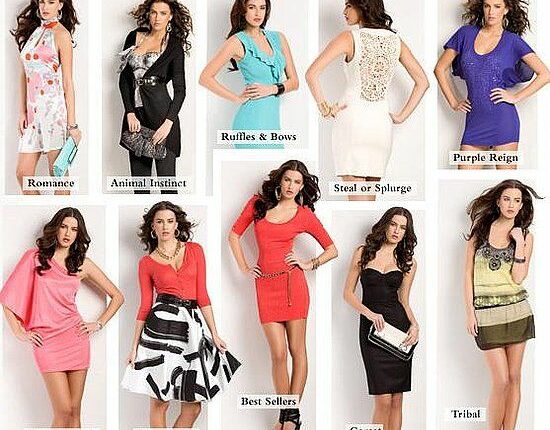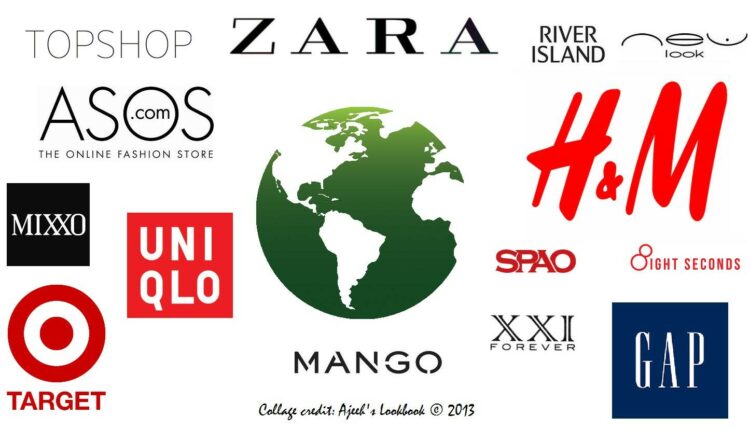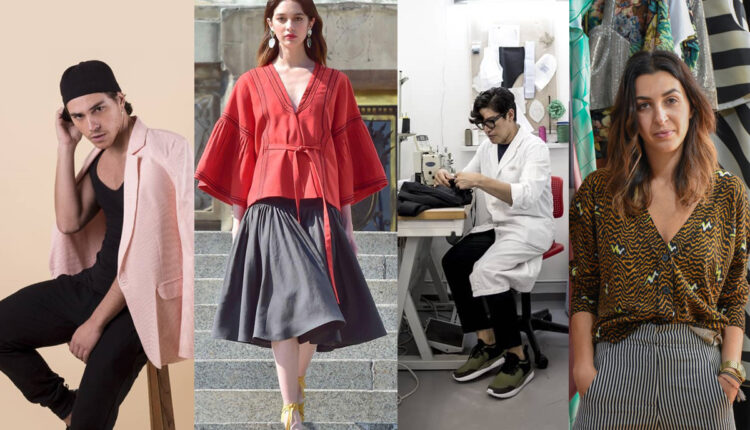Fashion Forward: The Latest Trends Shaping the Industry
Progress can be seen in the fashion business. Observing how these tendencies evolve and what new developments appear as the sector continues to undergo rapid transformation will be fascinating. Many significant labels are broadening their size ranges and casting models from a wider variety of backgrounds in their advertising campaigns, demonstrating a trend towards greater diversity in the fashion business. Many companies now cater to people of all gender identities by creating unisex collections and apparel. Read on to find more and latest information about the global fashion industry.

What are the latest trends in the fashion industry?
Although fashion is constantly changing, the following are some current trends:
Sustainability: Sustainability has emerged as a critical concept in the fashion business as consumers become more aware of their impact on the world around them. As a result, many companies are beginning to use eco-friendly components and production methods.
Attire that allows you to move freely and perform daily tasks comfortably: The epidemic has sped the rise of casual, multipurpose styles like athleisure and loungewear. Home- and office-friendly attire is on the rise as more people opt for flexible work arrangements.
Vibrant colors and prints: Patterns and prints that are both large and eye-catching are enjoying a resurgence in the fashion world. Fashion is about making a statement, from bold patterns on dresses to flashes of color in accessories.
Read More: Beyond the Controversies: The Rise and Reign of Jeffree Star in the Beauty Industry

Oversized silhouettes: Clothing with blousy cuts, such as oversized blazers and loose slacks, has been trending upward in recent years. The key to success with this trend is to aim for an effortless appearance.
Bold accessories Bold accessories, such as large rings, huge handbags, and shoes with embellishments, are on the rise. These accents can elevate an ordinary dress to a show-stopping one.
Read More: 5 Simple Steps for Merging Videos Like a Pro
Who are the most significant competitors in the global fashion industry?
Many powerful businesses compete in the international fashion sector. Some of the most prominent rivals in this market are:
- Inditex owns Zara and other quick fashion labels.
- H&M is an internationally recognized brand of fashionable yet reasonably priced clothing.
- The LVMH Group is a French multinational luxury goods company with prestigious labels like Louis Vuitton, Christian Dior, and Yves Saint Laurent.
- Kering is another luxury goods giant with holdings that include Gucci, Saint Laurent, and Balenciaga.
- The parent business of Uniqlo and other firms recognized for minimalist but practical designs is Fast Retailing.
- Nike is a multinational sportswear company that has branched out into other areas of the fashion industry through various partnerships and lifestyle offerings.
Women fashion; img src:

- The North Face, Vans, and Timberland are just a few of the many famous fashion labels owned by VF Corporation.
- PVH Corp owns brands like Calvin Klein and Tommy Hilfiger.
- Luxury labels like Chanel, Prada, and Hermès compete with fast fashion labels like Forever 21 and Boohoo.
Read More: Most Talked-About Super Bowl Ads: Who Came Out On Top of the Ad Wars?
What can we learn about current consumer trends from the fashion industry’s data?
The fashion industry’s data can shed light on what consumers are into right now. Take a look at these data examples:
Shopping Online: With the rise of e-commerce, more and more people are opting to buy their clothing and accessories online.
Statista estimates that by 2020, online apparel sales will have increased from $533 billion in 2018 to $741 billion worldwide.
Sustainability: Consumers are increasingly concerned about the adverse effects of the fashion industry on the environment, leading them to favour sustainable and ethical fashion labels. McKinsey & Company found that the majority of consumers around the world (66%) are willing to spend more on eco-friendly clothing.

Athleisure: The rise of the athleisure trend can be traced to the increasing prevalence of telecommuting and the subsequent increase in people’s time spent lounging around the house. While total garment sales fell in 2020, NPD Group reports that athleisure had a 16% growth.
Social Media: Many today look to celebrities and influential people on social media platforms like Instagram and YouTube for guidance on what to wear. PwC found that 37% of respondents worldwide stated they were influenced by social media when making a clothing purchase.
These are some of the ways that the data portray evolving tastes in the fashion industry. It will be fascinating to observe how these tendencies change as the fashion business develops.

